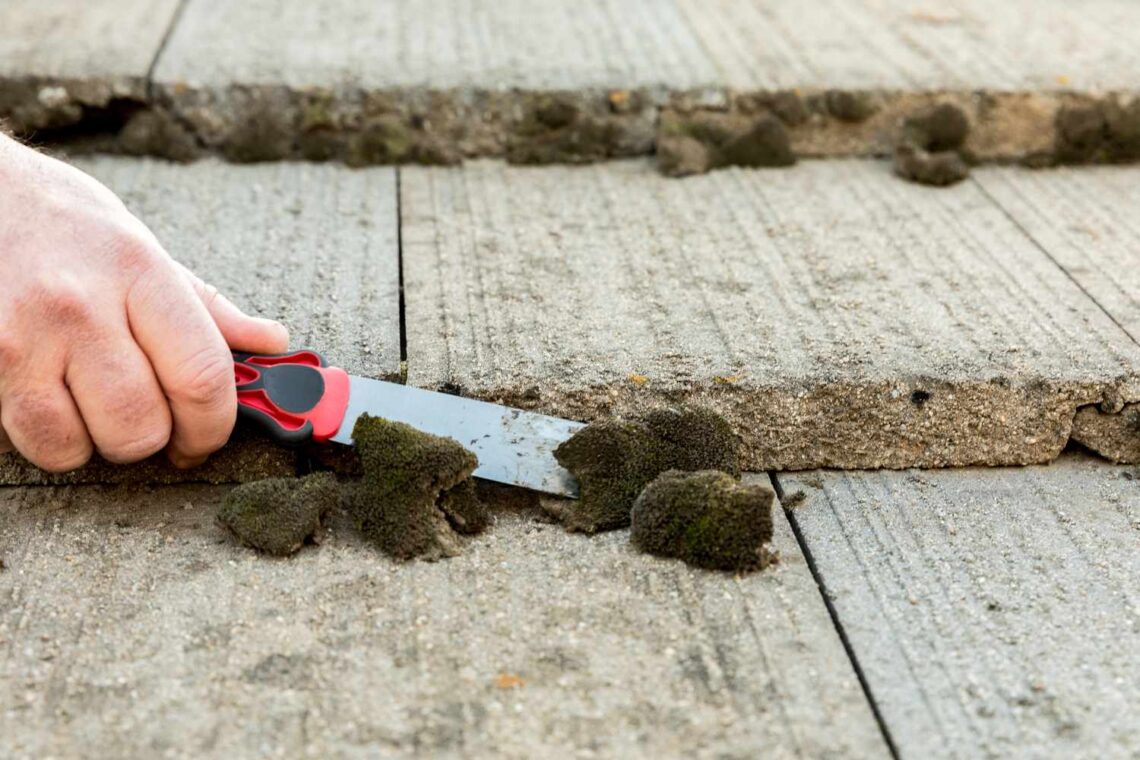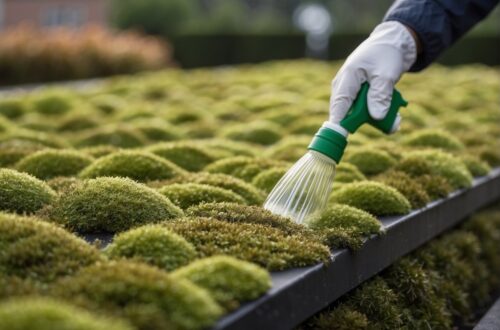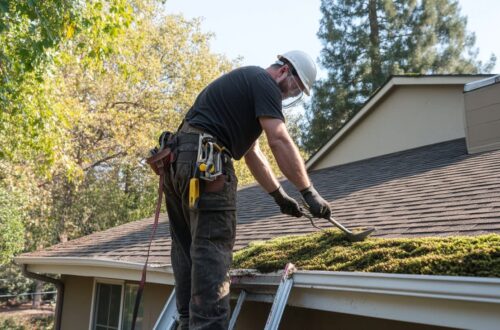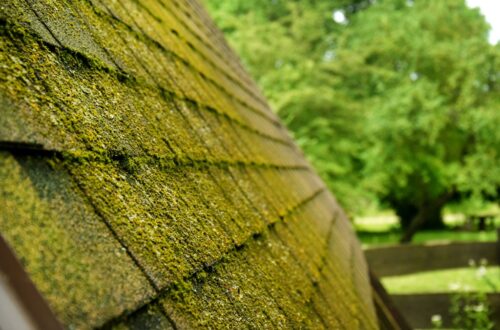Moss can be a persistent and unsightly problem on roofs, particularly in damp or shaded areas. Left unchecked, moss can retain moisture, leading to damage such as weakened shingles, leaks, and even structural deterioration. Fortunately, there are several effective tools available to remove moss and prevent its return. Whether you’re tackling a small patch or dealing with widespread growth, choosing the right tools can make the job easier and more efficient.
Manual Tools for Roof Moss Removal
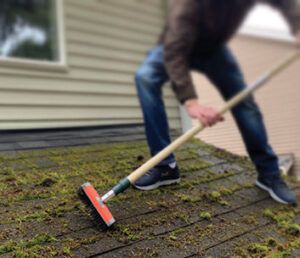 For homeowners who prefer a hands-on approach, manual tools offer a reliable way to remove moss without the use of chemicals. A sturdy roof brush is one of the most effective tools for scrubbing moss away. It’s essential to use a brush with soft to medium bristles to avoid damaging shingles while still effectively loosening moss. Long-handled brushes or extension poles allow for easier access to high areas without requiring you to stand directly on the roof.
For homeowners who prefer a hands-on approach, manual tools offer a reliable way to remove moss without the use of chemicals. A sturdy roof brush is one of the most effective tools for scrubbing moss away. It’s essential to use a brush with soft to medium bristles to avoid damaging shingles while still effectively loosening moss. Long-handled brushes or extension poles allow for easier access to high areas without requiring you to stand directly on the roof.
A roof scraper is another valuable tool, particularly for stubborn moss that clings tightly to shingles. These tools are designed to gently lift moss without causing unnecessary wear and tear on roofing materials. Some roof scrapers even come with adjustable heads to accommodate different roof angles and shingle types.
For those who want to minimize time spent on the roof, a garden hose with a high-pressure spray attachment can also be useful. While not as aggressive as a power washer, a strong stream of water can help loosen moss before using a brush or scraper. However, it’s important to use caution when spraying, as excessive water pressure can dislodge shingles or force water under them, leading to potential leaks.
Chemical Solutions and Applicators
In cases where moss has spread extensively, using a chemical solution can be an efficient way to kill moss and prevent regrowth. Moss-killing sprays are available in both liquid and powder form, with ingredients designed to break down moss and stop it from coming back. Many of these products are formulated to be safe for roofing materials and the environment, although it’s always wise to check labels before use.
A pump sprayer is a highly effective tool for applying moss-killing solutions. These sprayers allow for even distribution and can reach high areas without requiring direct contact with the roof. Some models come with adjustable nozzles to provide a fine mist or a more concentrated stream, depending on the level of moss infestation.
Foam applicators are another option, particularly for homeowners who prefer a more controlled application. Foam clings to surfaces longer than liquid sprays, allowing the active ingredients more time to work. This can be particularly beneficial for roofs with heavy moss buildup.
Pressure Washers and Alternative Cleaning Methods
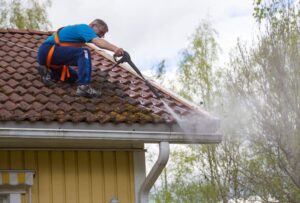 While pressure washers can remove moss quickly, they should be used with caution. High-pressure water streams can easily damage shingles, leading to premature wear. If a pressure washer is used, it’s best to select a low-pressure setting and direct the spray downward to avoid lifting shingles.
While pressure washers can remove moss quickly, they should be used with caution. High-pressure water streams can easily damage shingles, leading to premature wear. If a pressure washer is used, it’s best to select a low-pressure setting and direct the spray downward to avoid lifting shingles.
For those seeking a gentler approach, a roof-cleaning wand can be a safer alternative. These wands connect to a standard garden hose and use a combination of water and cleaning agents to break down moss. Some models feature rotating brushes that assist in scrubbing, making the process more efficient without the risks associated with high-pressure washing.
Another innovative option is a roof cleaning robot. These automated tools are designed to move across the roof, using rotating brushes and water to remove moss and debris. While not as commonly used as traditional tools, they can be a great solution for those who want to minimize time spent on ladders or rooftops.
Preventative Tools and Maintenance Solutions
Once moss has been removed, taking preventative measures can help ensure it doesn’t return. Zinc or copper strips are a popular long-term solution for keeping moss at bay. These metal strips are installed near the roof ridge, and as rainwater flows over them, small traces of metal are released. These traces create an environment that discourages moss growth, helping to keep the roof clean over time.
Another effective preventative tool is a roof treatment spray. These sprays create a protective barrier that prevents moss spores from taking hold. Some treatments last for several months, while others provide year-round protection. Regular application can significantly reduce the likelihood of future moss problems.
Gutter guards are also useful in preventing moss buildup. Clogged gutters can contribute to moisture retention, creating an environment where moss thrives. Installing guards keeps debris out of the gutters, improving drainage and reducing excess moisture on the roof.

